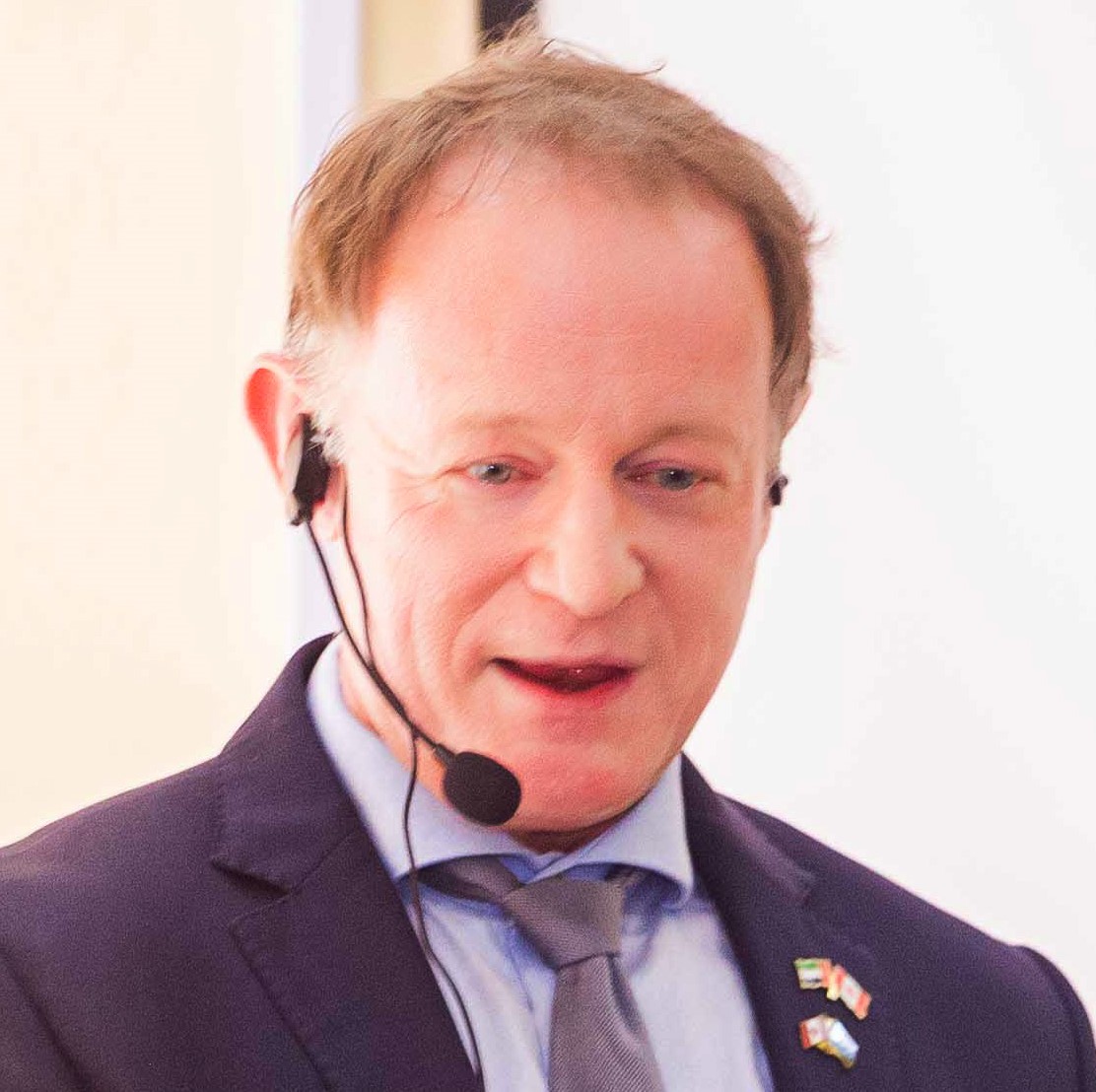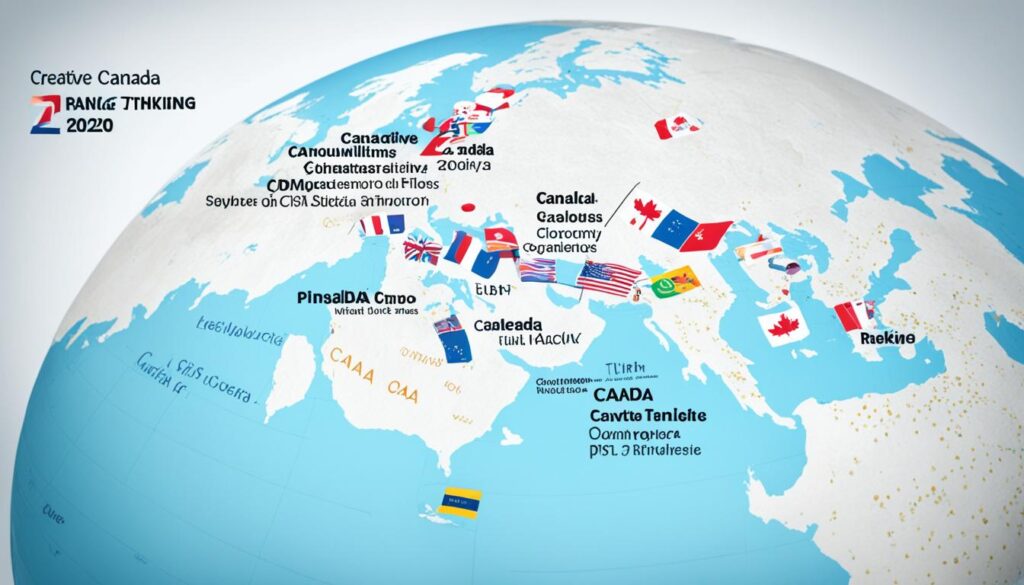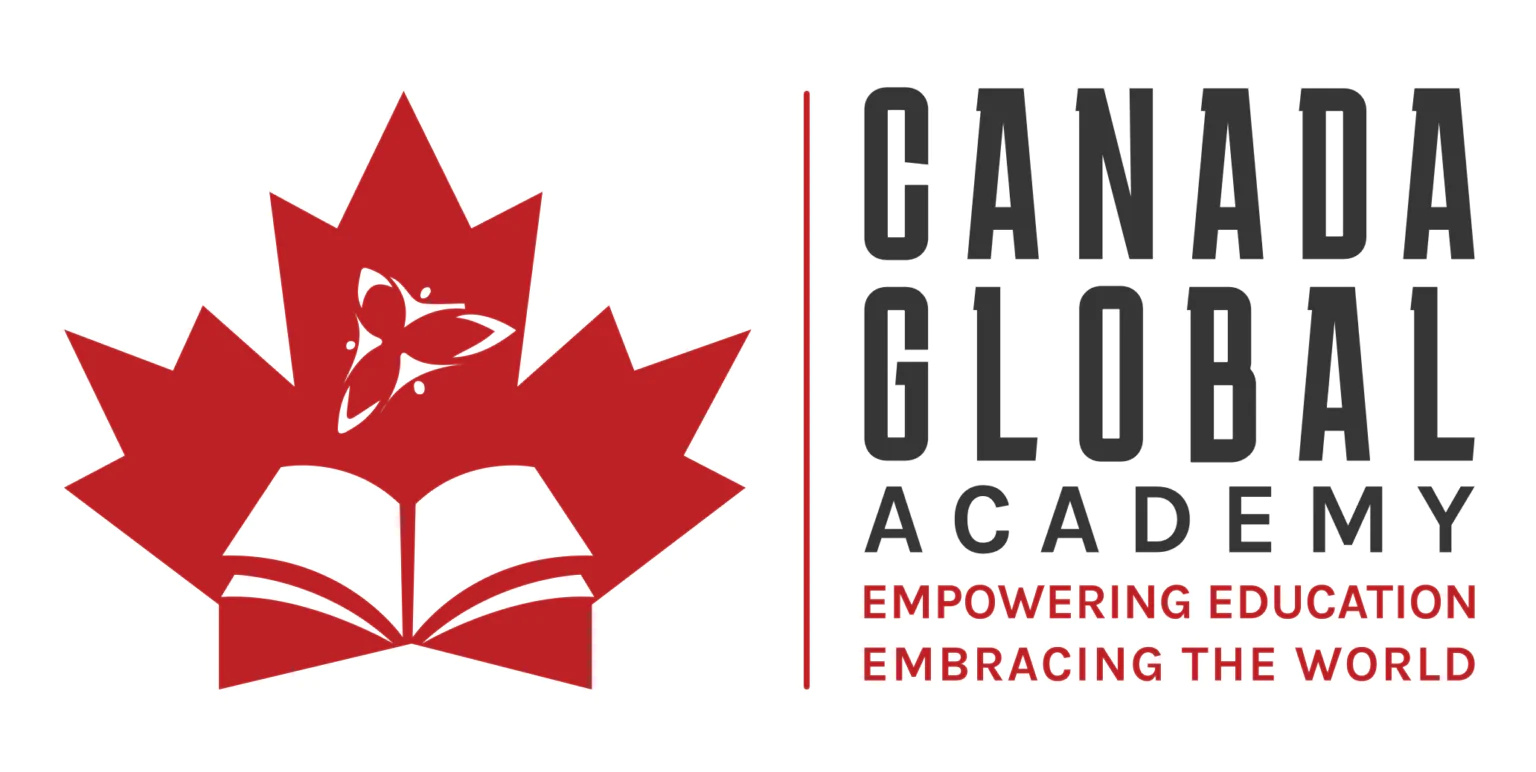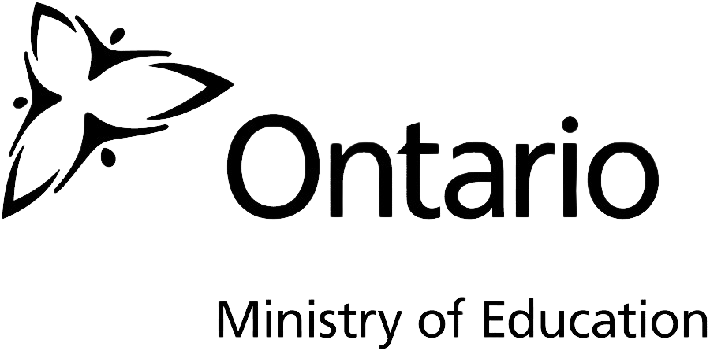Did you know that Canada achieved an impressive 2nd place globally in creative thinking in the prestigious PISA 2020 assessment? This outstanding performance challenges the common belief that success in academic subjects hinders the development of creative thinking skills. It proves that Canada’s education system has successfully fostered both academic excellence and creative problem-solving abilities among its 15-year-old students.
Key Takeaways:
- Canada ranked 2nd globally in creative thinking in the PISA 2020 assessment
- PISA results indicate that average subject levels are consistently lower in the six smaller Canadian provinces compared to the four larger provinces1
- The PISA assessment covers reading, mathematics, and science outcomes for upper secondary level students aged 151
- Canadian schools consistently scored well above the OECD PISA averages in all three subjects (reading, mathematics, and science) since the first round in 20001
- Average PISA scores in all three subjects for Canadian students have shown statistically significant declines over successive rounds1
Canada’s exceptional performance in creative thinking demonstrates the effectiveness of its education policies and practices, providing valuable insights for other nations striving to enhance their students’ problem-solving skills and creative capabilities. In the following sections, we’ll explore the importance of creative thinking in education, factors contributing to Canada’s success, gender differences in creative thinking performance, and key takeaways from this impressive achievement. Let’s delve into the fascinating world of PISA 2020 Creative Thinking!
Explore how Canada Global Academy’s School Partnership/Franchise Program is revolutionizing schools internationally. Visit https://canadaglobalacademy.com/school-partnership-program/ to learn more.
Importance of Creative Thinking in Education
The PISA 2020 results2 highlight the critical role of creative thinking in education. Creative thinking is an essential skill that enables students to generate innovative ideas, evaluate them critically, and devise effective solutions. With the increasing demand for creativity in the workforce, nurturing creative thinking skills in education has become more important than ever.
Creative thinking in education refers to the ability to think outside the box, approach problems from different perspectives, and find unique solutions. It involves fostering imagination, curiosity, and open-mindedness to encourage students to explore new possibilities and take risks in their learning process.
By integrating creative thinking into the curriculum, schools empower students to become problem solvers and critical thinkers, equipping them with the abilities required for success in the 21st century. It enhances their cognitive flexibility, adaptability, and resilience, allowing them to navigate complex challenges and drive innovation in various domains.
Research from PISA indicates that countries such as Singapore, Korea, Canada, Australia, New Zealand, Estonia, and Finland have excelled in creative thinking2, emphasizing the importance of prioritizing creative thinking skills in education. These countries have implemented innovative approaches and educational reforms that foster creative thinking in students, enabling them to thrive in an ever-evolving world.
Moreover, studies have shown that students who believe in their ability to develop creative skills demonstrate better performance in creative thinking tasks2. This highlights the significance of cultivating a growth mindset and promoting self-efficacy in students’ creative abilities. By nurturing confidence and a positive attitude toward creativity, educators can unlock students’ full creative potential.
Efforts to integrate creative thinking into education extend beyond individual classroom practices. Programs like the Creativity Collaboratives program in England, which involves the participation of over a hundred schools, demonstrate the commitment to fostering creative thinking on a broader scale2. These programs provide opportunities for collaboration, interdisciplinary projects, and authentic learning experiences that promote creative thinking skills.
Furthermore, the state of Victoria in Australia has been administering Critical and Creative Thinking tests annually since 2016, representing a proactive approach to embedding creative thinking assessment in schools2. By systematically assessing creative thinking skills, schools can identify areas for improvement and adapt teaching practices to better support students’ creative development.
The integration of creative thinking skills in education transcends disciplinary boundaries. Studies3 have shown that creative thinking is strongly correlated with proficiency in mathematics, reading, and natural sciences. It emphasizes the interconnectedness of various subjects and the crucial role of creativity in promoting deeper learning and understanding.
| Key Benefits of Creative Thinking in Education |
|---|
| Enhanced problem-solving skills |
| Promotion of innovation and originality |
| Development of critical thinking abilities |
| Increased adaptability and resilience |
| Promotion of collaboration and teamwork |
| Preparation for the demands of the 21st-century workforce |
The importance of fostering creative thinking in education cannot be overstated. It equips students with the skills necessary to tackle complex problems, embrace change, and contribute meaningfully to society. As educators, it is our responsibility to cultivate an environment that nurtures and celebrates creativity, empowering the next generation to become innovative thinkers and lifelong learners.
Factors Contributing to Canada’s Success in Creative Thinking

Canada’s ranking as the 2nd highest globally in creative thinking, as seen in the PISA 2020 results, can be attributed to several key factors.
Firstly, Canada achieves significantly higher average PISA scores compared to most OECD countries4. This demonstrates the country’s commitment to academic excellence and student achievement.
Furthermore, Canada has gained a reputation as an “education superpower” due to its stellar PISA scores and equitable distribution of educational achievement4. This indicates that Canada has implemented effective educational policies that promote equal opportunities for all students to excel.
Canada’s performance in the PISA study is strongly driven by its commitment to equity4. By ensuring that all students, regardless of their backgrounds or abilities, have access to quality education, Canada maximizes the potential for creativity and innovation to flourish.
However, Canada does face challenges related to student exclusion in the PISA assessments. Approximately 4% of 15-year-olds in Canada are excluded from PISA due to non-enrollment at school4. It is important to address this issue to provide a comprehensive understanding of student achievement in the country.
It is worth noting that Canada’s exclusion rate in PISA 2015 was 7.5%, double the OECD average of 3.7%4. The majority of excluded students in Canada were those with intellectual disabilities4. This higher exclusion rate places Canada at a disadvantage compared to other high-performing OECD countries, such as Japan and South Korea, which have lower exclusion rates4.
The Organization for Economic Co-operation and Development (OECD) sets a maximum limit of 5% for student exclusions in PISA within any given country4. It is essential to adhere to this threshold to prevent distortions in national mean scores on the PISA scale. Nevertheless, in PISA 2015, several countries, including Canada, exceeded the 5% exclusion threshold4.
| Student Exclusion Rate in PISA 2015 | |
|---|---|
| Canada | 7.5% |
| OECD Average | 3.7% |
| Japan | 1.6% |
| South Korea | 2.2% |
Canada’s student exclusion rate surpasses the threshold established by the OECD, indicating the need for a comprehensive examination of the inclusivity of the education system4.
By understanding the factors contributing to Canada’s success in creative thinking, policymakers and educators can further develop and refine educational policies and practices to nurture and promote creativity among students in Canada.
Gender Differences in Creative Thinking Performance
The PISA 2020 results provide valuable insights into gender differences in creative thinking performance, revealing that girls outperformed boys in this domain across participating countries and economies. This difference in performance was statistically significant in the majority of cases, particularly in tasks that involved creative expression and building on others’ ideas2.
The findings highlight the need for further exploration of gender differences in creative thinking and the implementation of strategies that promote equal opportunities for all students to develop their creative skills. It is crucial to create an inclusive educational environment where both boys and girls can thrive and unleash their creative potential2.
Engagement with creative work significantly impacts students’ performance in creative thinking tasks2. Therefore, it is essential to foster a curriculum that encourages students to engage in diverse creative expression tasks and provides them with the resources and support necessary to excel in these areas2.
Efforts should be made to challenge traditional gender stereotypes and promote a culture that values and celebrates creative thinking for all students. By doing so, educational institutions can create an environment where boys and girls have equal opportunities to develop and showcase their creative abilities2.
In conclusion, understanding and addressing gender differences in creative thinking performance is vital in creating an educational system that promotes equality and fosters the development of students’ creative skills. By implementing inclusive strategies and providing equal opportunities, we can empower both boys and girls to excel in creative expression tasks and unleash their full creative potential2.
Conclusion
The PISA 2020 assessment results have highlighted Canada’s outstanding performance in creative thinking, ranking 2nd globally5. This achievement demonstrates Canada’s commitment to educational excellence and provides students with a competitive advantage in the modern world. Moreover, the findings emphasize the crucial role of schools in nurturing creative thinking skills and call for continued efforts to integrate creative thinking into educational policies and practices.
By prioritizing creative thinking, countries can prepare their students to thrive in the knowledge-based economy and unlock innovative solutions for the challenges of the future. The PISA assessment’s emphasis on critical competencies and cognitive skills5 provides valuable insights for education systems worldwide, informing teaching practices and shaping the development of curricula.
Canada’s success in creative thinking can be attributed to various factors, including its rigorous curriculum and focused training for math teachers in Quebec1. However, it’s important to acknowledge the existing achievement gaps between different demographic groups, such as advantaged and disadvantaged students, as well as Indigenous and non-Indigenous students1. Efforts must be made to bridge these gaps and ensure equal opportunities for all students.
As education continues to evolve, innovative programs such as the Ontario Secondary School Diploma (OSSD) and the International Baccalaureate Diploma Program (IBDP) play a crucial role in developing students’ intellectual, personal, and social skills6. These programs, known for their real-world application, differentiated learning, and global perspectives, are in high demand both domestically and internationally6. However, challenges such as teacher qualifications and limited availability need to be addressed to make these programs more accessible to students worldwide6.
In conclusion, Canada’s impressive performance in the PISA 2020 assessment reflects its commitment to educational excellence and the development of creative thinking skills. By leveraging these strengths and addressing existing gaps, countries can foster innovation and provide their students with a competitive advantage in the global landscape of education.
FAQ
What is the significance of Canada ranking 2nd in creative thinking in the PISA 2020 assessment?
How is creative thinking defined in the context of the PISA assessment?
What factors have contributed to Canada’s success in creative thinking?
Are there gender differences in creative thinking performance?
What are the implications of the PISA 2020 creative thinking assessment?
Source Links
- https://www.cdhowe.org/sites/default/files/2021-12/Commentary_576.pdf
- https://www.winchester.ac.uk/News-and-Events/Press-Centre/Media-Articles/Pisa-tests-prove-creativity-can-be-taught-and-assessed.php
- https://www.myscience.org/en/news/wire/german_students_rank_middle_of_the_pack_in_creative_thinking-2024-tum
- https://link.springer.com/article/10.1007/s11092-020-09329-5
- https://www.frontiersin.org/journals/psychology/articles/10.3389/fpsyg.2020.02230/full
- https://www.k12digest.com/exploring-the-differences-an-in-depth-look-at-two-global-education-programs/

Martin Doherty is the CEO of Ethos Education & Canadian Global Academy : the exclusive authorized provider of the renowned 3rd globally ranked Ontario Ministry of Education‘s curriculum and Digital Learning Platform outside of Canada. He is also the founder the cutting edge magazine, Education Distruptor.
Through our School Partnership Program, we empower schools worldwide to attain Canadian Accreditation, providing the opportunity to establish themselves as Canadian Accredited schools. Additionally, home-based businesses can run their own Canadian Accredited Micro-School. Contact us today to learn more!
Related Posts
- Beyond Bake Sales: 3 Creative Revenue Streams for Thriving Schools
Explore dynamic strategies that elevate School Financial & Business Acumen for educational prosperity. Embrace innovation…




